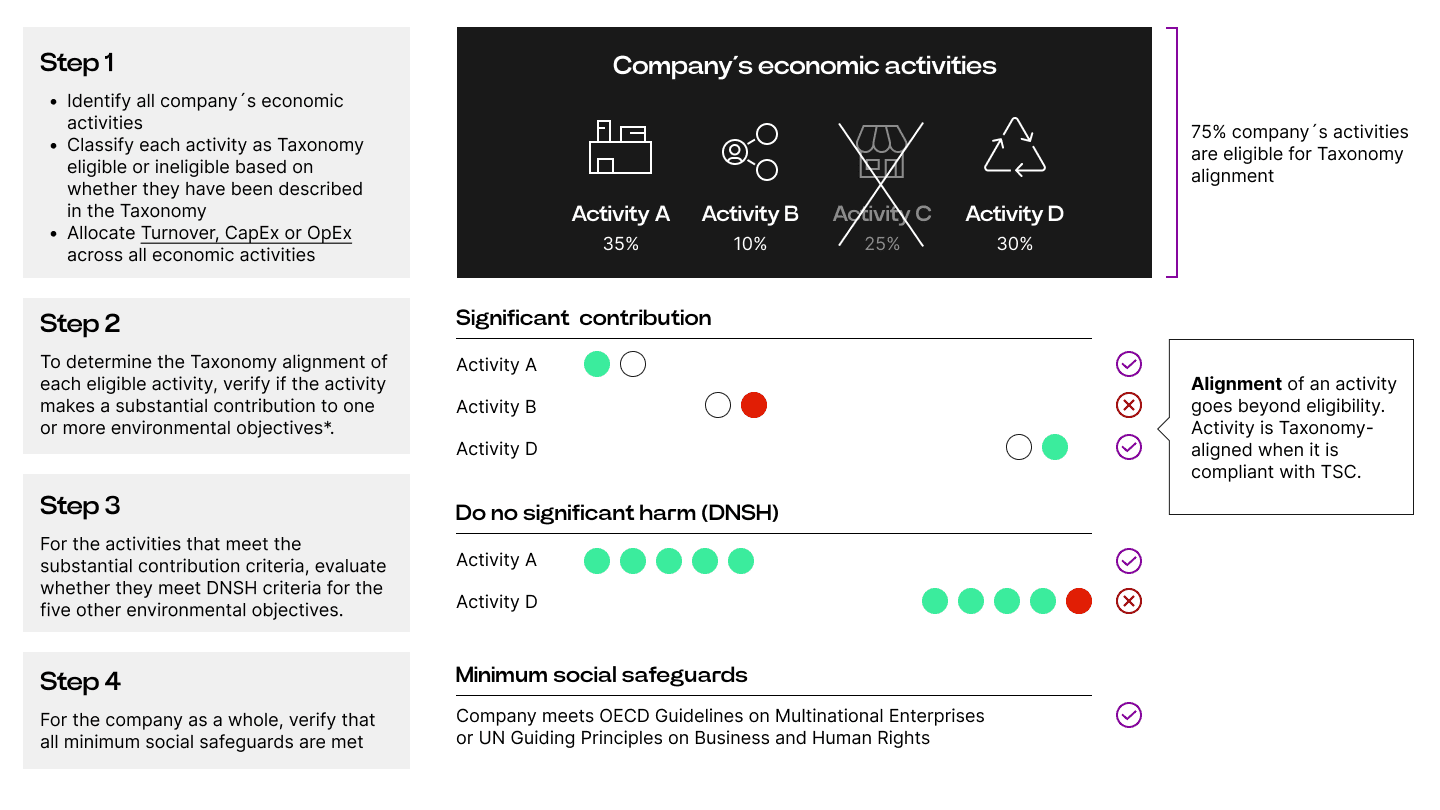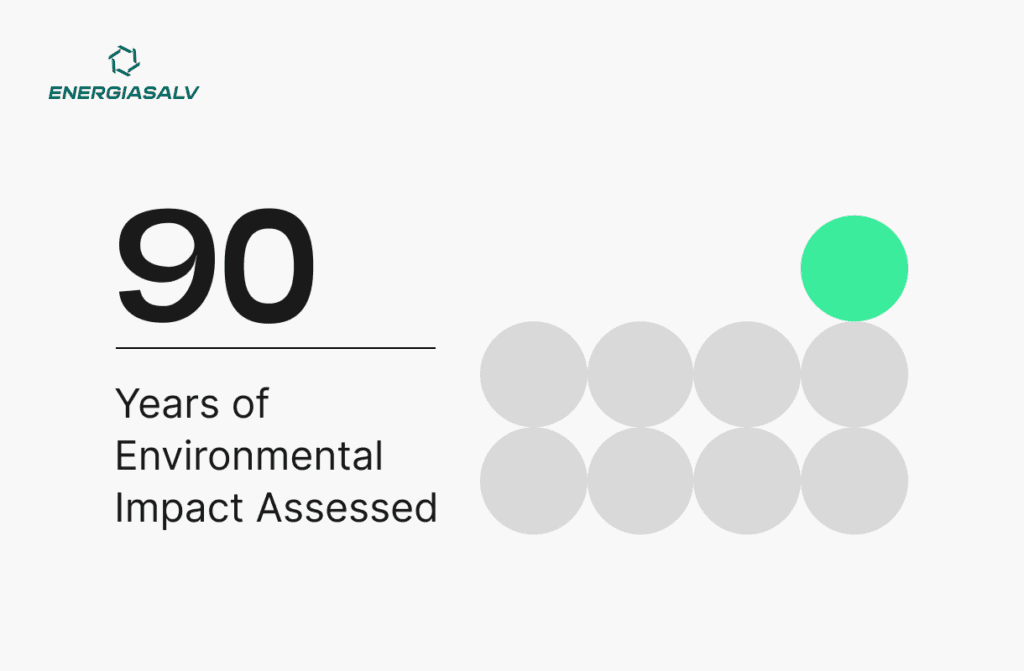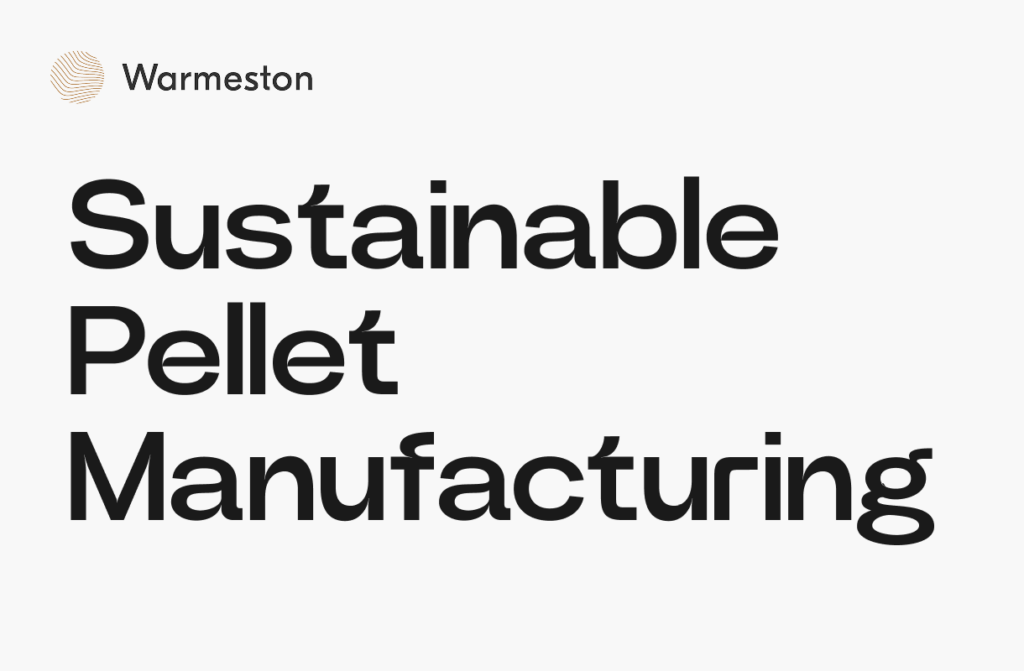EU Taxonomy Assessment for a Sustainable Manufacturing Leader
Our client is a manufacturing company in Lithuania. Environmental and social responsibility commitments cover all areas of their production and operations, from organic input resources to fair employee pay and absolute transparency in production processes.
The client decided to conduct their first EU Taxonomy (EUT) assessment in light of their sustainability commitments and disclosure requirements. They also received thorough feedback on their Non-Financial Reporting Directive (NFRD) report from the national supervisory body. EUT assessment and NFRD had to be incorporated into their next year´s report.
The essence of the project:
EUT is an important market transparency tool that provides a clear and standard definition of which economic activities can be considered “sustainable”.
We launched the company’s EUT assessment with an in-depth work seminar. We aimed to gain the necessary information on its business activities contributing to its operating expenditure (OpEx), capital expenditure (CapEx), and turnover. When this goal was achieved, we started the EUT assessment.
First, we identified all the company’s economic activities and classified each as taxonomy eligible or ineligible. Then, we allocated turnover, CapEx and OpEx across all economic activities. Our second step was to determine the taxonomy alignment of each eligible activity and verify if they contributed substantially to one or more environmental objectives.
Significant contribution criteria have been published for two out of six environmental objectives: climate change mitigation and adaptation. We evaluated whether both met DNSH criteria for the five other environmental objectives. Finally, we verified that the company met all minimum social safeguards.
After identifying relevant business activities, we used technical screening criteria to evaluate each and assess compliance with pre-determined criteria in the EUT alignment. The metrics mentioned above were disclosed for every taxonomy-evaluated business activity, concluding the taxonomy assessment.

Services provided:
- An in-depth work seminar: Gaining the necessary information on the company’s business activities contributing to its OpEx, CapEx, and turnover.
- Identifying all company’s economic activities: We classified each activity as taxonomy eligible or ineligible and allocated turnover, CapEx and OpEx across all of them.
- Determining the taxonomy alignment of each eligible activity: We verified that two activities made significant contribution criteria for two of six environmental objectives (climate change mitigation and adaptation).
- Evaluating activities that meet the substantial contribution criteria: We checked whether they meet DNSH criteria for the five other environmental objectives.
- Verification: We verified that the company meets all minimum social safeguards.
Results:
EUT assessment showed that the company’s activities are 75% eligible for taxonomy alignment. That means the company meets OECD Guidelines on Multinational Enterprises or UN Guiding Principles on Business and Human Rights.
Those results formed an input to the company’s new annual report, which was improved and remade with close cooperation with the client. Besides ensuring regulatory compliance, our collaboration enabled them to map, analyse, and systematise their existing ESG practices, which helped bring additional clarity to their operations.




